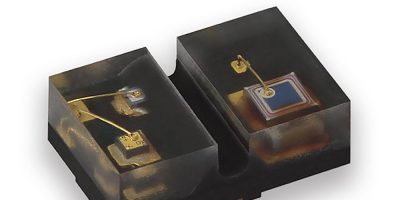Enhancing video doorbell technology, Omnivision and iCatch Technology have partnered to introduce a colour pre-roll feature into home security cameras. The partners have integrated Omnivision’s OA07600 low power, always-on video co-processor with a pre-roll recording buffer and iCatch Technology’s Vi57 AI imaging SoC to introduced colour pre-roll capability to wireless home security products. This features enables users to save up to four seconds of video footage prior to the camera’s motion detector triggering.
David Ho, technical director of product management at Omnivision said: “The OA07600 is the industry’s first ultra-low power, always-on video co-processor with pre-roll”. He said the co-processor’s low power design “makes it possible for the first time to bring high-quality pre-roll video into battery-powered systems”.
Continuous storage of pre-event colour video footage in the integrated chipset bring “exceptional traceability and visibility” during any trigger event, said Omnivision.
iCatch Technology’s Vi57 imaging SoC has fast capture and edge AI capability to improve the general usability of video doorbells. Taking the pre-roll footage from Omnivision’s OA07600 co-processor, the Vi57 SoC can seamlessly combine it with post-event footage into one video with minimal data loss. The image processing capability means that the SoC is capable of providing high quality video in full colour, even under extreme low light conditions, said the company. The introduction of colour information can be used to provide users with a better understanding and enhanced traceability of the incident.
Weber Hsu, CEO of iCatch technology said that the collaboration means the partners are “closing the gap of the user experience between wired and wireless home security cameras, offering both ease of installation and incident traceability at the same time”.
The colour pre-roll video doorbell solution jointly developed by iCatch Technology and Omnivision is in mass production now and available for customer engagement.







